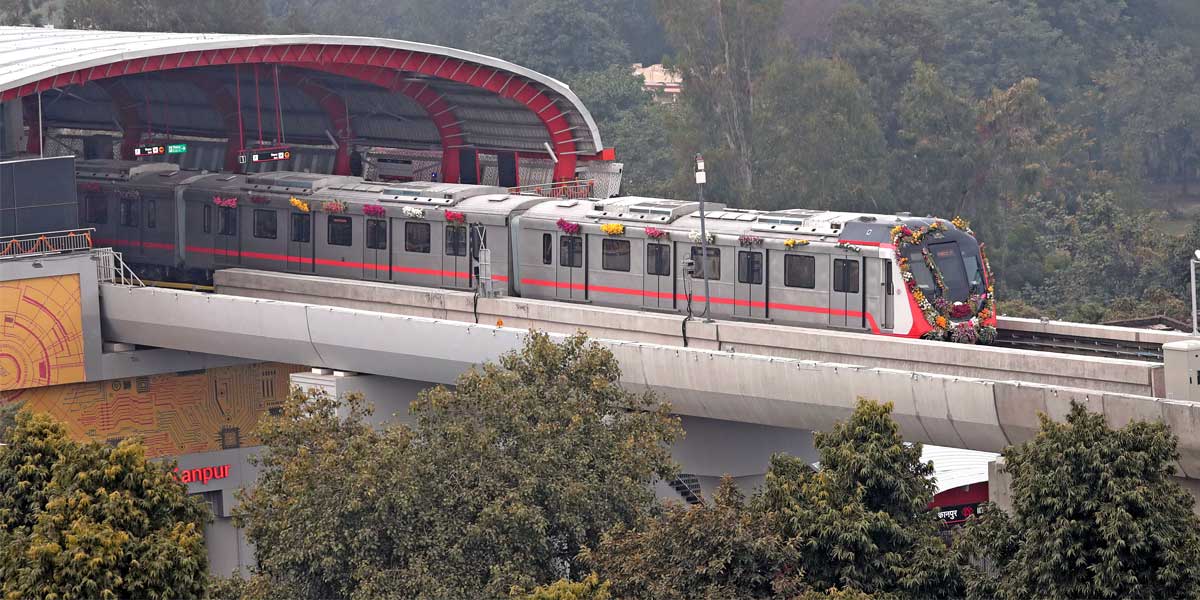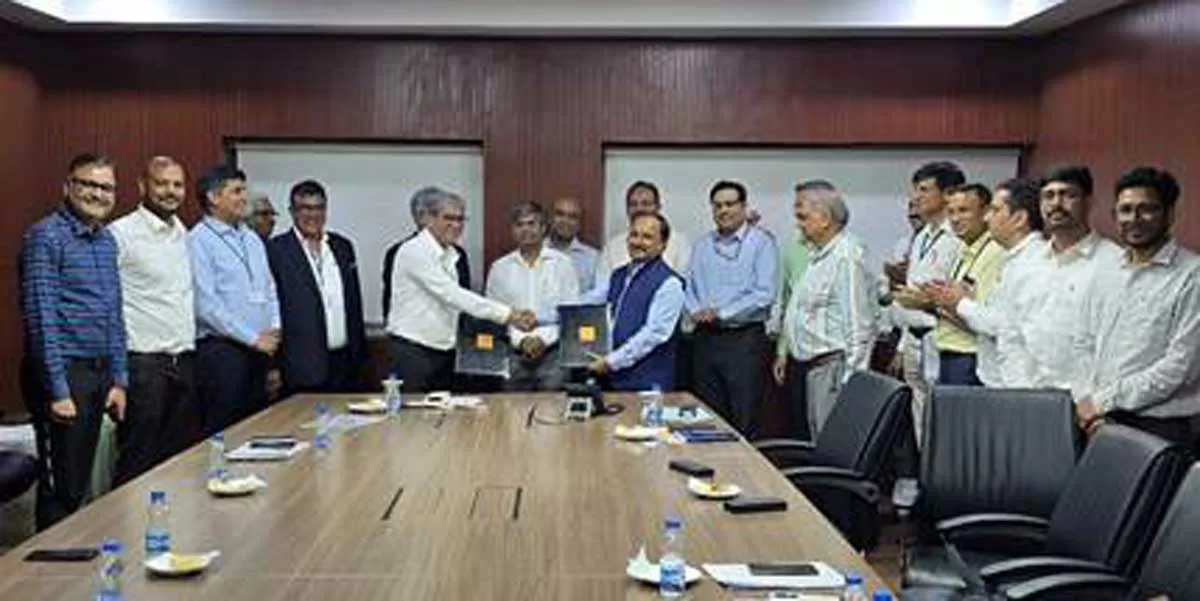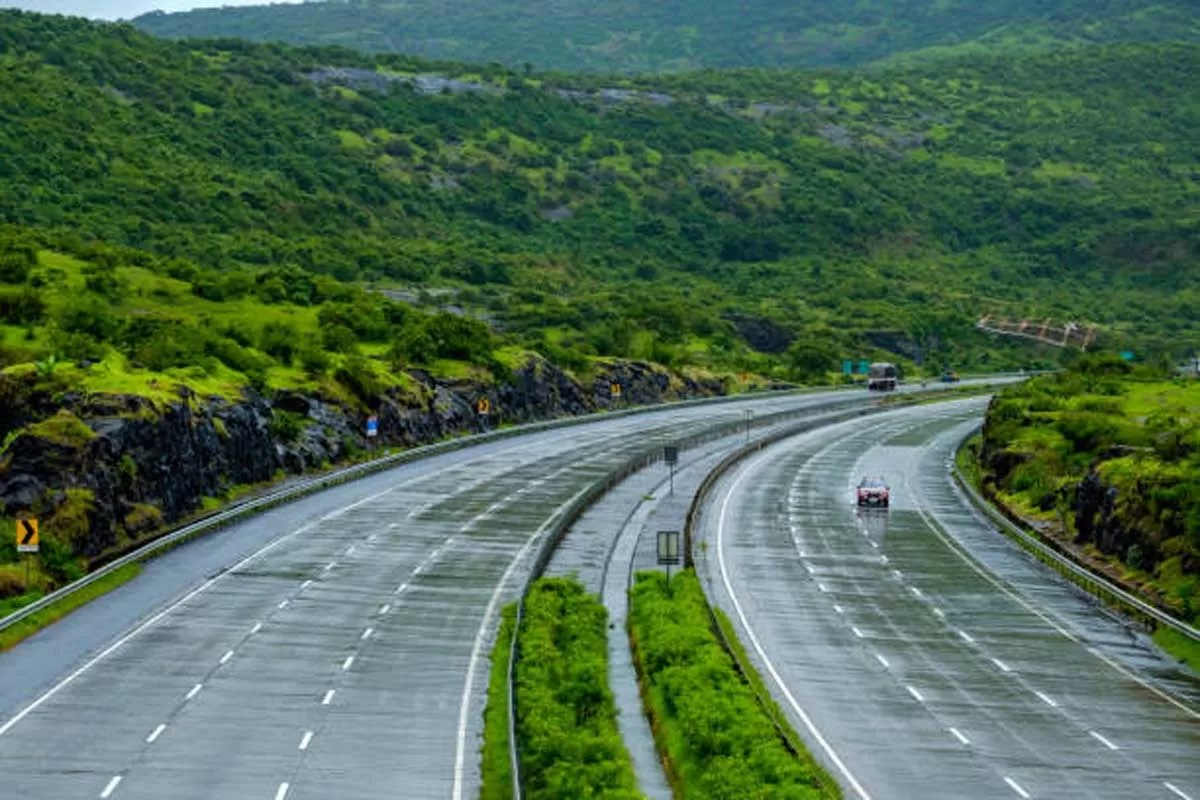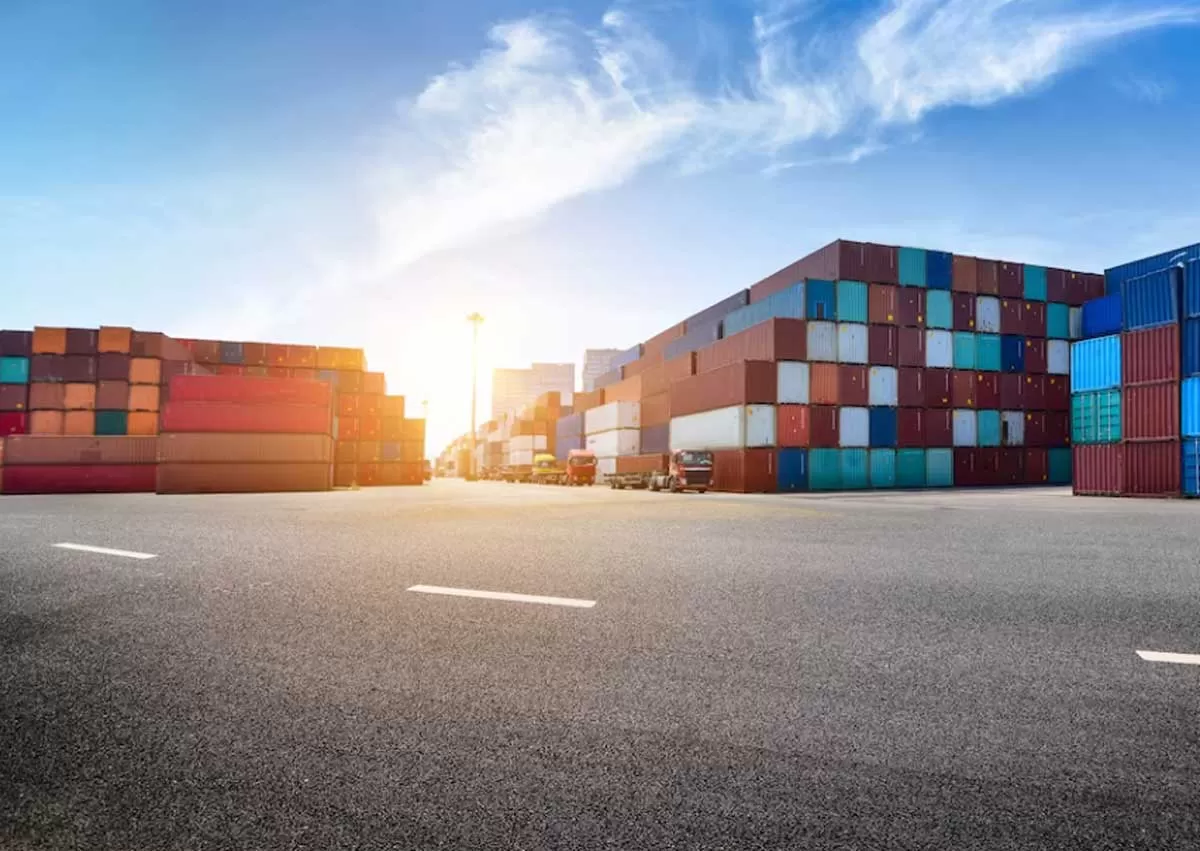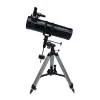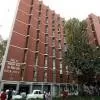Uttar Pradesh is one of the most populous states in India and the city of Kanpur is among its most populated cities. Kanpur is also one of the biggest industrial cities, being a hub for textile and leather, among others. Like any other old city in the country, the widths of its roads are limited, which makes movement by public or private transport within the city a challenge. Considering that cities have grown extensively over time and that the roads cannot be widened, the need for a mass rapid transit systemwas keenly felt.This gave birth to the masterplan of one of India’s fastest metro-rail projects: The Kanpur Metro.
The construction of the elevated viaduct included nine elevated metro stations: IIT Kanpur, Kalyanpur, SPM Hospital, Kanpur University, Gurudev Crossing, Geeta Nagar, LLR Hospital, Rawatpur and Motijheel. The elevated stretch was 9.6 km and major components of construction includedover 2,200 piles, more than 510 pile caps, 506 piers, over 620 U-girders, 332 pier caps, 439 T-girders and 186 I-girders. The project was constructed with 50 percent precast and 50 per cent castinsitu.
Planning costs
The Kanpur Metro project incurs a total completion cost of Rs 11,076 crore with four proposed metro stations to be completed by 2024. “We are a jointly owned company of the Government of India and the Uttar Pradesh government,” says Kumar Keshav, Managing Director, Uttar Pradesh Metro Rail Corporation (UPMRC). “It is roughly a 50:50 joint ownership. However, in terms of funding, 20 per cent is by each government, which means 40 per cent of the cost comes from the equity of both governments.” He adds that the cost towards taxes, duties and land is borne by the state government. Hence, about 47 per cent of the cost comes from the government and the remaining 53 per cent is to be funded by the European Investment Bank.
The corridors
Kanpur has two corridors:North-South and East-West. The North-South corridor with a total length of 23.5 km starts from IIT-Kanpur and goes via the complete central area through thickly populated markets such as Naveen Market and Bada Chauraha; Kanpur railway station is the main junction. The East-West corridor, at 8 km, starts from Barra in the south and goes up to Chandra Shekhar Azad University. So, both corridors span 32.5 km. Of this, Corridor 1 has 7.5 km underground comprising seven underground stations. Corridor 2 is being completely developed underground as the line is in the most congested part of the city.
Overcoming challenges
When construction work began, Kanpur was completely new to this scale and type of infrastructure development. “A metro being constructed in the middle of the road and 9 m of barricading board in the centre and works progressing day and night were things the city had never witnessed,” explains Keshav. Utility works, sewer lines, water pipelines and electrical works were a common sight but this was the first time for a large-scale project like the metro construction. The priority corridor that started from IIT Kanpur to Motijheel spans 9 km with nine elevated stations connecting to important points. To ensure smooth execution and city functioning, there were a lot of traffic regulations and traffic marshals deployed to ensure better traffic management.
At the outset, it was challenging to get started with the work, according to Sanjay Singh, General Manager Projects, Afcons. “To begin construction, we needed to set up a casting yard because 50 percent of the project activity was to be done there. Plus, we were asked to complete the project in 21 months. We had to construct 9.5 km with nine stations, including 17 entry and exit structures. So, we had to mobilise constructors, manpower engineers and contractors, who had similar experience in metro or U-girder casting.” He adds that Kanpur is not the easiest city to source construction material as well. “To save time, we hired more than 2,000 skilled and unskilled labourers and set upa labour camp in the centre or middle of the alignment.” Moreover, as the metro runs parallel through the railway line, construction during train movement was not the easiest.
While these were the initial challenges, the next focus had to be on mobilising machinery to complete the project within the deadline. “We requested our Mumbai headquarters to bring in the new machines to minimise the breakdown hours,” shares Singh.The team focused on ensuring material, manpower and machinery, and then placing the casting yard in the centre.
Technique in achieving the ‘Fastest Metro’ tag
The Kanpur Metro project had to be completed in 21 months. The Government had asked UPMRC and Afcons to ensure the project was completed before or within the timeline, considering that elections were going to be held at the start of 2022. To meet the set timelines, Afcons proposed several new ideas capturing various innovations. As Singh tells us, “We divided the project into 50 per cent precast and 50 per cent castinsitu. Castinsitu involves a lot of time as it is done onsite. Hence,an effort was made to convert the cast-in-situ segment into precast.”Thus, it was converted into a double T-girder. “We first shared the idea with UPMRC, the client and our team,” he adds. “If we placed it to a concourse level of the station, it would save much construction time. Hence, a decision was jointly made and a T-girder beam concept was deployed.” For the Kanpur Metro, 439 T beams have been cast. Each station consists of nearly 51-52 girders. Also, to not create any hindrance to people, the precast segments were erected only during night hours so that day traffic movement is not disturbed.
Further, referring to the company’s experience in the past, Singh mentions the next innovation: The Precast portal I beam is the main hindrance to completing a metro project in time. Hence the cast-in-situ portal was converted into a combination of precast and cast-in-situ slab. It consists of two precast I-girders along with the precast diaphragm. This could be easily placed during night hours without taking any prior permission from the city’s traffic management, in turn saving much on construction time.
To ensure safety during construction, a cast-in-situ approach would slow down work as it involves additional precautions to be taken during public movement. Also, after having discussions with the clients, studying the alignment and accordingly redesigning the project, the cantilever pier was reduced from 25 to 14 no’s.
Achieving on-time delivery
In what constitutes a true achievement for Afcons and UPMRC, the Kanpur Metro project was achieved in less than two years. “We made sure that there were no delays in work even for a single day owing to material unavailability,” says Singh. What makes this feat even more remarkable is that it was achieved despite facing two COVID-19 waves.
Indeed, Kanpur Metro is not only a benchmark for the city, but for Afcons, UPMRC and all stakeholders (DDC, GC, etc) in the project.
Project Details
Location: Kanpur, Uttar Pradesh
Features: Construction of Viaduct and 9 nos. Elevated station (viz. IIT Kanpur Station, Kalyanpur Railway station, SPM Hospital station, Kanpur University Station, Gurudev Chauraha Station, Geeta Nagar Station, Rawatpur Railway station, Lala Lajpat Rai Hospital station & Motijheel Station) including special span on Priority Section of Corridor-1, Phase-I of Kanpur Metro at Kanpur, Uttar Pradesh, India
Completion date: 12-11-2021
Design consultant: Systra Tel: (+91) 129 668 5600 Website: www.systra.in
Project consultant: Typsa-Italferr GC Website: www.typsa.com
Construction contractor: Afcons Infrastructure Tel: +91-22-6719 1000 Website: www.afcons.com
Architects/planners: Systra
Cement/concrete used: UltraTech Tel: +91-22-66917800 Website: www.ultratechcement.com
